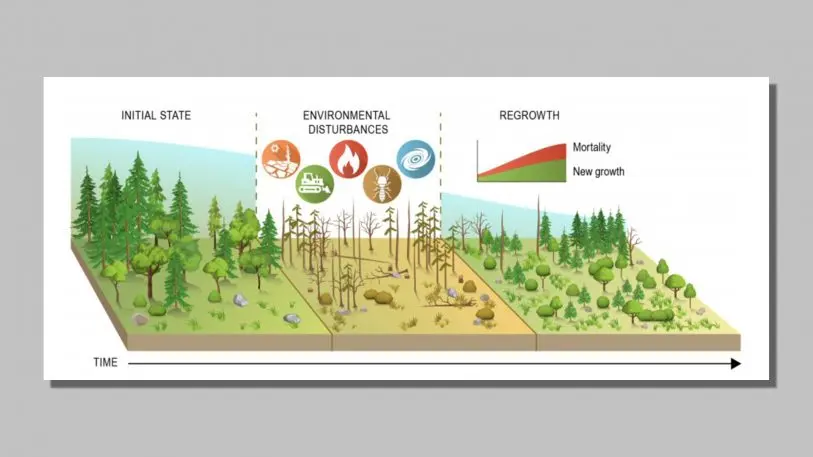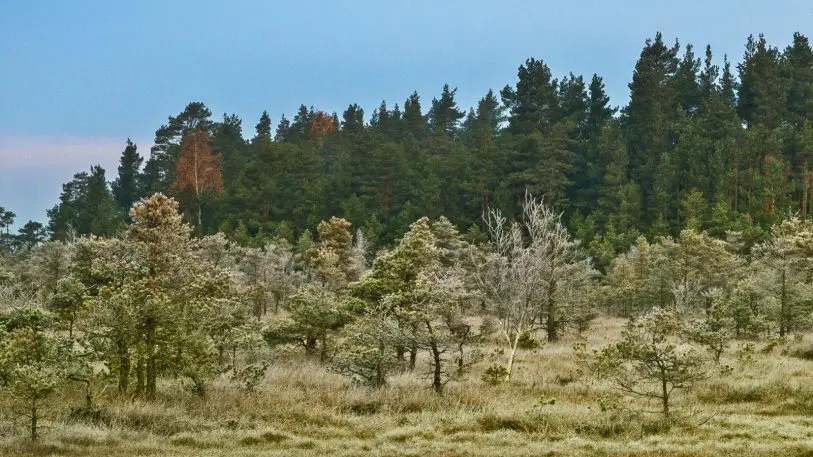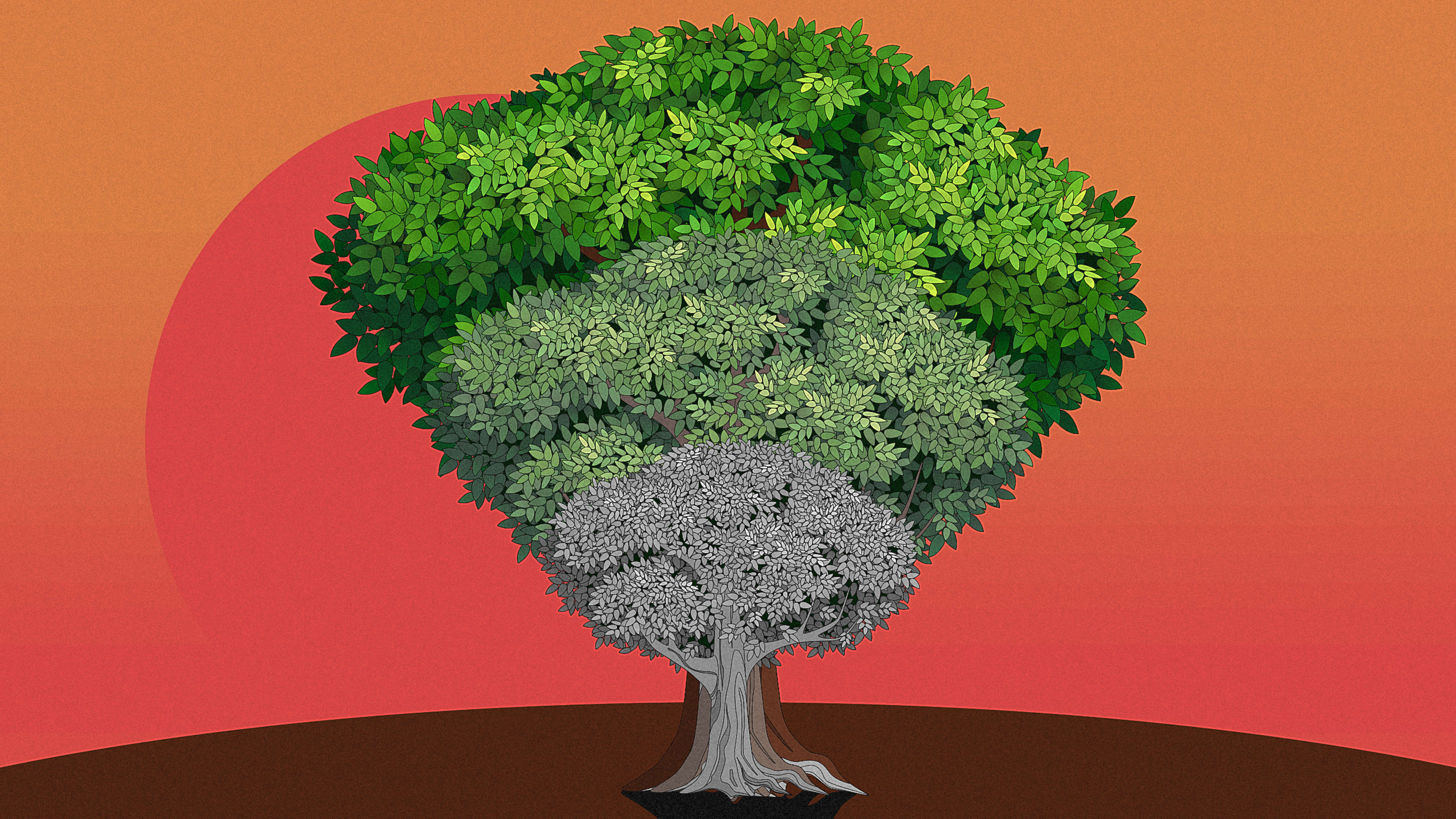Anyone who has stood at the base of a redwood or visited Sequoia National Park knows the beauty of giant, old trees. But future generations may not get to experience that same sense of wonder. We’ve already lost a minimum of 30% of the world’s old-growth forests since 1900, and as trees face a host of environmental threats, their forests may be made up exclusively of younger, shorter trees.
A global study published by the U.S. Department of Energy’s Pacific Northwest National Laboratory looked at the many drivers for tree death, from wildfires to insects to rising temperatures across the world. That minimum loss of old growth is probably much higher, says Nate McDowell, a PNNL earth scientist and the study’s lead author, because it doesn’t include what’s happening now to forests along with the land-use change and harvesting that has long been happening, such as those wildfires and infestations.

“They almost all show the same trajectory,” McDowell says. “Take windstorms that matter a lot in coastal environments, and in some inland environments. The predictions are not solid, they’re uncertain, but we think wind is going to increase, at least during big storms. That’s an example of something that’s getting worse and should promote more [tree] mortality.” It’s the same case with wildfires, he says, and insect infestations, and, most important of all, rising temperatures.

With all these threats to trees, especially as they get worse due to climate change, trees aren’t likely to live that long in the future. They’ll be burned down or killed by drought before they reach the height and age of trees of the past.
Losing big, old trees has a few main impacts on our Earth. First, those big trees store a lot more carbon than smaller trees, so losing them puts CO2 back into the atmosphere as they decompose and means more CO2 won’t be sequestered by those forests. It also sparks a dangerous feedback loop: As it gets warmer, trees die, which raises temperatures, which in turn kills more trees. Rising temperatures and more CO2 also exacerbates all the other drivers of tree mortality, such as wildfires, storms, and insects.

Not every single species of tree is getting shorter and younger, McDowell notes. There are places where trees are still growing quickly, though they’re in the minority, and he says research still needs to be done on who the “winners” and “losers” of increasingly warm temperatures are; some types of trees may thrive with more CO2. “We can’t say the whole world is losing old growth. There must be places where old growth is increasing, and I bet there will be cool places 100 years from now to check out old growth,” he says. “I think what we can conclude with pretty high confidence is that they will be harder to find.”
Recognize your brand’s excellence by applying to this year’s Brands That Matter Awards before the early-rate deadline, May 3.
